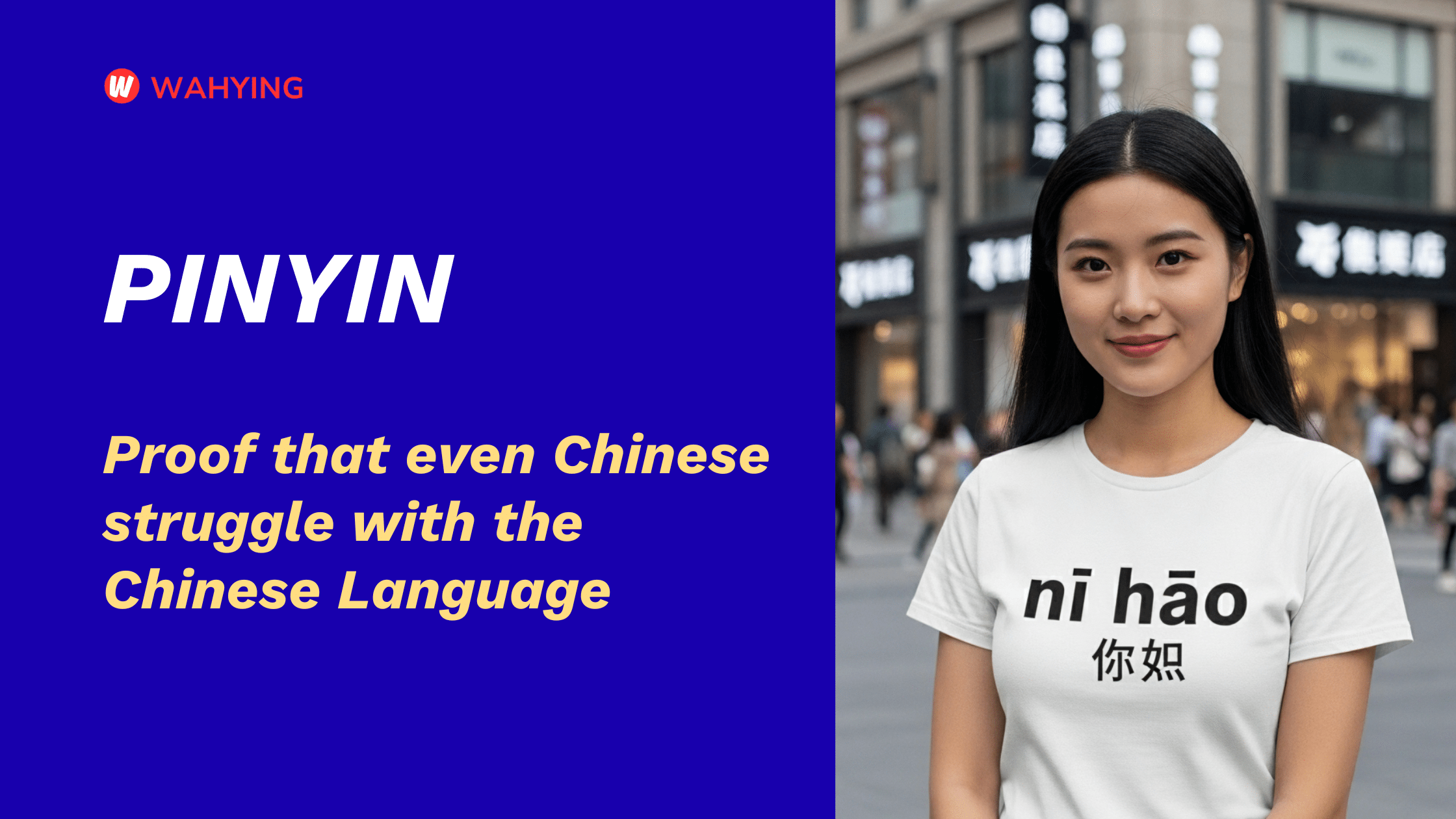Chinese Has 3,500+ Characters. How can they possibly learn it? Does their keyboard have 3,500 keys?
Right, let’s talk about Chinese. For years, the very idea of it was enough to make a grown man faint. All those squiggles and lines, thousands of them. It looked impossible to read or write. It was like trying to learn to read the instructions for a piece of IKEA furniture in ancient Greek. And that’s before we get into the fact that there are over 300 languages in China, seven of them having many millions of speakers. And then there’s the 3,500 characters in Simple Chinese. Trust me, as a Chinese myself, I found learning English as an adult, with its 26 letters, easier than learning my own language as a child.
Then sometime in the 1950’s some clever person – and you must hand it to them – came up with something called Pinyin, which uses the English alphabet. Suddenly, it all made sense. Pinyin is the single best tool for getting your head around the Chinese language. It’s a proper, no-nonsense system that takes all those complex characters and turns them into something you can read, without too much effort. It’s a bit of genius, really. It uses the English/Latin alphabet. You know, the one with 26 letters that you already understand.
Here’s the thing. Chinese is a tonal language. This means the sound of a word can have four different meanings just by changing the pitch. Most people would call that a disaster. That’s why Google Translate at best provides only an approximation of Chinese/English translation. Pinyin, however, gives you four simple marks over the letters to show you exactly what to do with your voice. Up, down, up and down, or just straight and flat. It’s a simple, logical solution to what could have been a gigantic problem.
And it gets better. Pinyin isn’t just for dusty old books. Pinyin is how we Chinese type. On a phone or a computer, you don’t need a huge, confusing keyboard with a three thousand buttons. You simply type the Pinyin, and the machine figures out which character you’re after. It’s quick, it’s efficient, and it’s the sort of common-sense thinking you rarely see anymore.
It’s also why you see Chinese names and places spelled out in our alphabet. ‘Beijing,’ ‘Shanghai,’ and ‘Mao Zedong’ are all Pinyin spellings. They’ve made a famously difficult language suddenly feel accessible. It’s the ultimate learning shortcut.
Before Pinyin, if you wanted to know how to say a Chinese word, you had to ask someone. Or spend a hundred years trying to memorize every character. Now, with Pinyin, you can look it up yourself. It’s all there, laid out in a simple, logical order.
So, if you’re thinking about communicating in Chinese, don’t let the characters put you off. Start with Pinyin and a Chinese keyboard on your phone. It’s the sensible, pragmatic first step. It’s the key that unlocks the door. It makes a famously difficult language suddenly feel… manageable. And that, in my opinion, is a brilliant thing.






